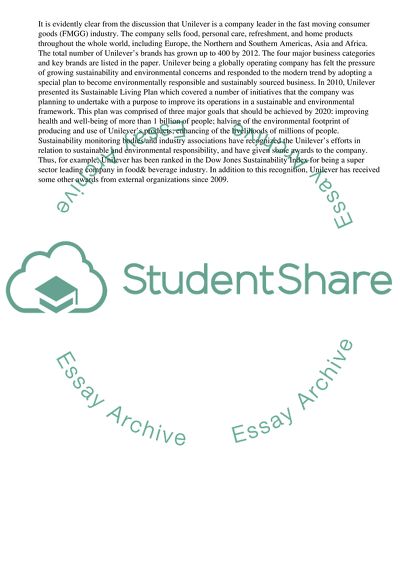Cite this document
(“Unilevers Attempts to Improve the Sustainability Essay”, n.d.)
Retrieved from https://studentshare.org/business/1648478-international-sustainable-business
Retrieved from https://studentshare.org/business/1648478-international-sustainable-business
(Unilevers Attempts to Improve the Sustainability Essay)
https://studentshare.org/business/1648478-international-sustainable-business.
https://studentshare.org/business/1648478-international-sustainable-business.
“Unilevers Attempts to Improve the Sustainability Essay”, n.d. https://studentshare.org/business/1648478-international-sustainable-business.


